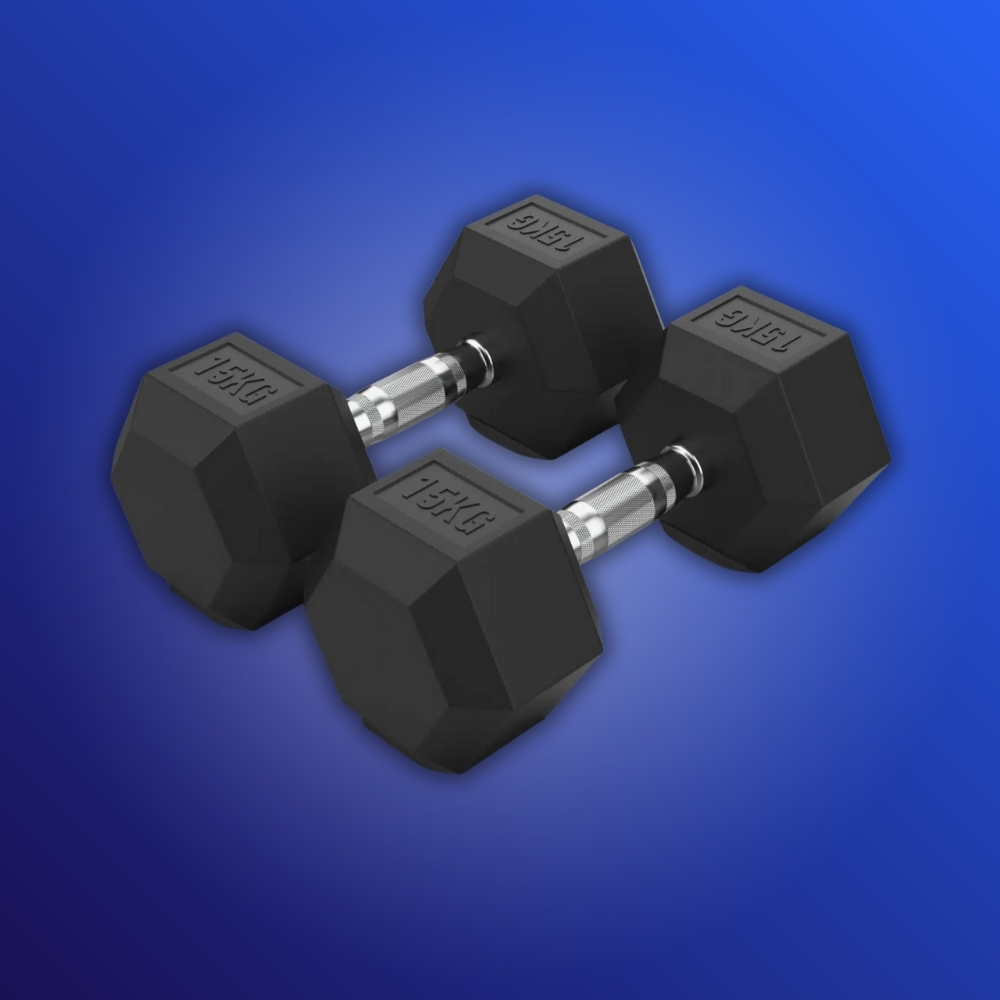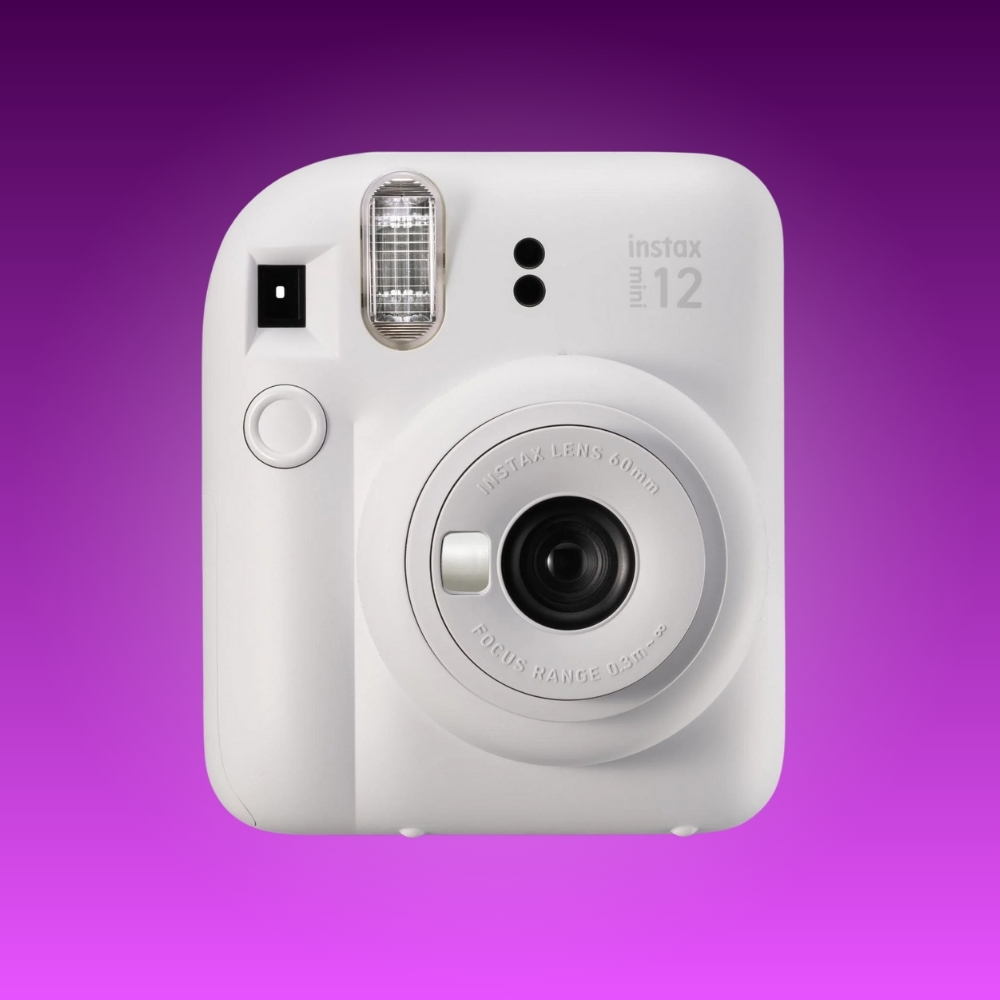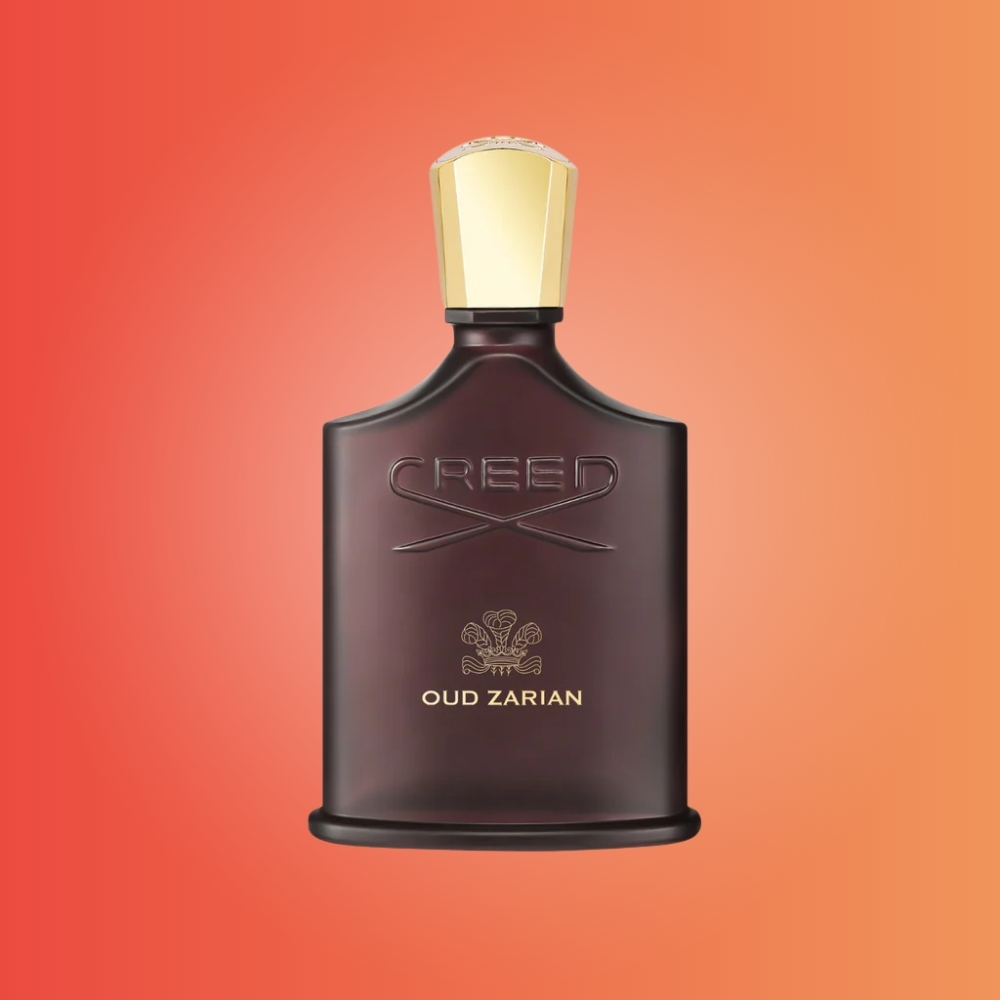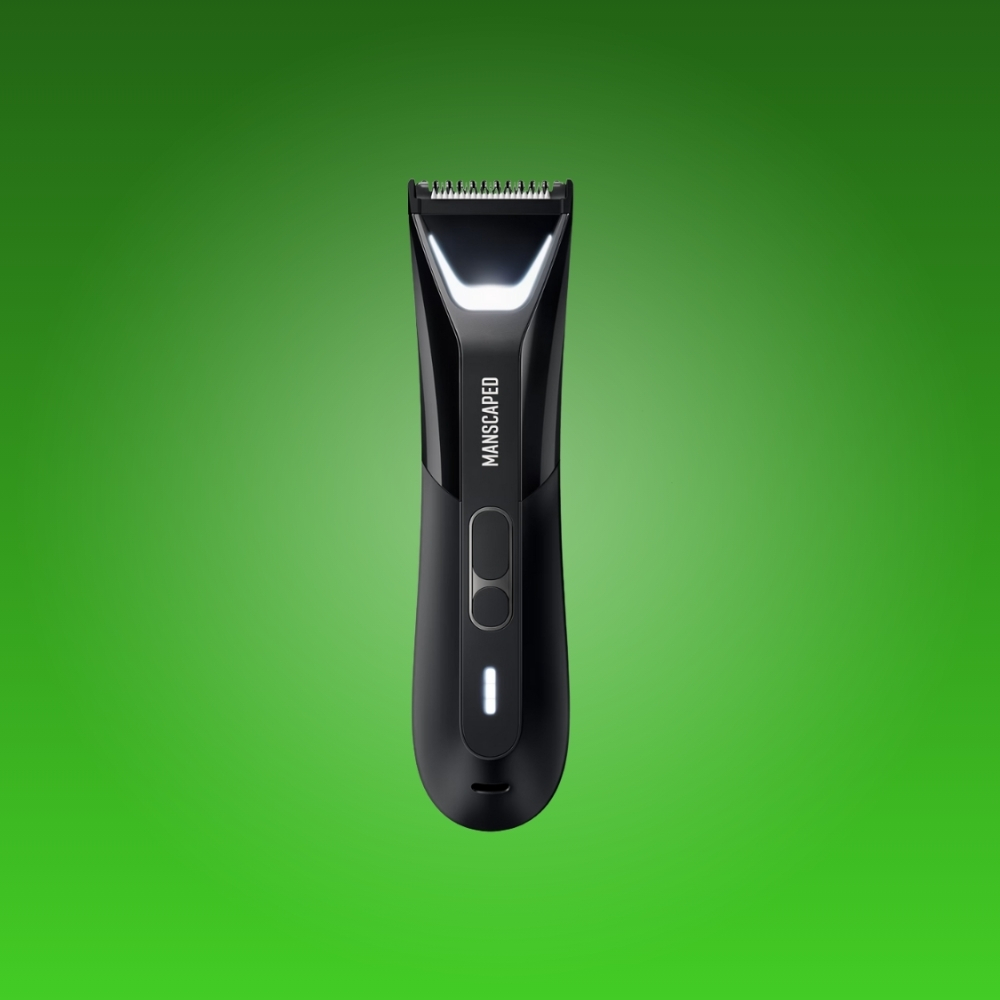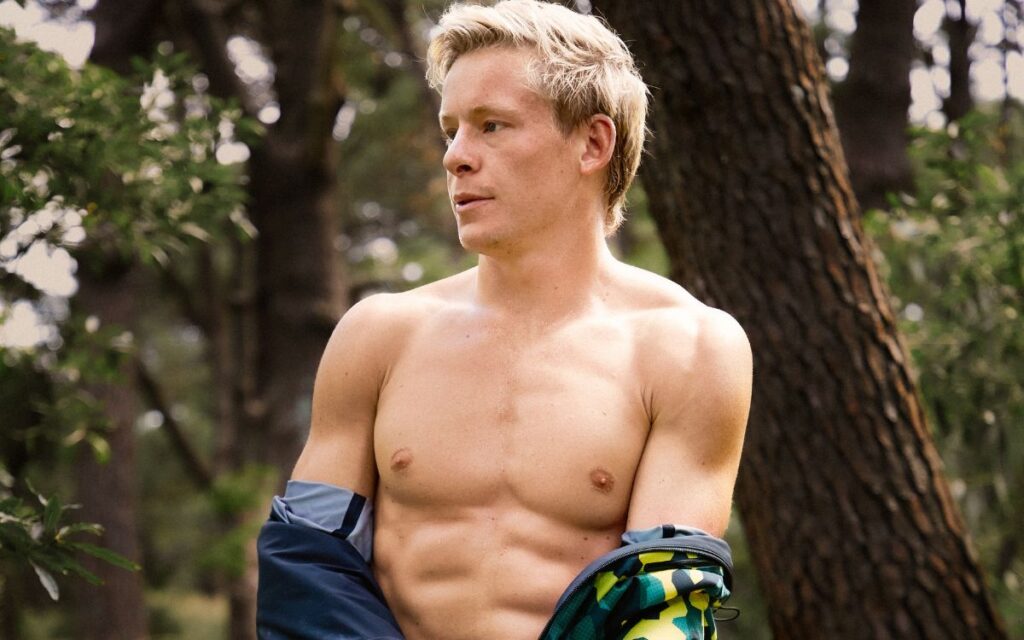
If you think Pilates is only for beautiful women with ballerinas’ bodies, you’re probably not alone.
But you — and everyone else who buys into that narrow line of thinking — are wrong. Despite this common misconception, Pilates can be a great workout for everyone. The practice incorporates all the elements of healthy physical movement: breath, posture, strength, balance, coordination, and flexibility. Guys need to be able to move, too, so beards and chest hair are just as welcome and encouraged in the studio as yoga pants.
Lynda Salermo Gehrman, founder of Physio Logic Pilates and faculty for BASI Pilates teacher training, thinks guys avoid Pilates because so many believe it’s just an over-glorified stretching session.
“There is a misconception that Pilates is only stretching. It actually focuses on both eccentric and concentric contractions of muscles to achieve balanced stretch and strength,” she told Menshealth.com.
According to Gehrman, Pilates is all about placement before movement. This is key. As a physical therapist who spends much of my time analyzing dysfunctional movement, I can attest that this focus on placement first — activating those deep stabilisation muscles prior to movement — is critical to creating the foundation for strong functional movement patterns and injury prevention.
Gehrman has also noticed that men return to her studio after they discover the benefits of Pilates as physical therapy or chiropractic patients. “Once they see Pilates in real life they have to try it,” she said. “And once they try it, they are usually hooked.”
RELATED: “I Tried Pilates For A Month – Here Are 6 Things I Learned”
The Origin of Pilates
Guys who are still on the fence about Pilates might be more convinced if they took a moment to learn about its particularly “manly” origins. For starters, it was created by a man, and the practice still carries his name: Joseph Pilates.
Pilates was a barrel-chested physical trainer born in Germany in 1883. Poor health growing up led him to study anatomy, bodybuilding, wrestling, and martial arts, which he then used to develop his own exercise practice, originally called “Controlology.” He became a prize winning gymnast, boxer, self-defense instructor, and circus performer who believed in healing the body with physical activity rather than traditional medicine.
After World War I broke out, Pilates was stuck in an internment camp on the English Isle of Man. He organized daily workouts for others at the camp, including those too injured to get out of bed, which helped him refine his techniques for a broader audience. To accommodate the bed-bound, Pilates used springs from the mattresses to create resistance exercises — moves that are still practiced today in Pilates studios around the world on the equipment he began developing in the camp, like the Reformer, Cadillac, and barrel.
So, Pilates was developed by a badass circus performer who perfected his methods and MacGyvered equipment while he was being held in an internment camp during wartime. Is that enough to fill your “manliness” quota?
How You Can Add Pilates to Your Workout
Now that you’re caught up on the history, where should you begin your Pilates practice today? If you lift weights, sit at a desk, or participate in any aerobic physical activity, these 5 basic Pilates exercises will complement your workout routine by improving spinal mobility, core strength and posture. Master these moves and, just like Joseph Pilates, you might just begin feeling like a better, stronger man.
Pelvic curl
If you do one Pilates exercise, make it this one. In one simple movement, the pelvic curl helps open up tight hip flexors, strengthens and activates the glutes, and improves spinal mobility by focusing on segmental movement of the spine.
How to do it: Lie on back with legs in “tabletop” position, knees together, arms outstretched to the side with palms up. Draw abdominal muscles in. Gently rotate legs to one side keeping knees stuck together (don’t let one knee get lower/higher than the other). This will cause one hip to lift off the mat. Gently return to center then rotate to opposite side.
Chest Lift with Rotation
So much abdominal work is done in one plane of movement. This exercise targets all the abdominal muscles — transverse abdominus, rectus abdominis and obliques by forcing you to maintain a contraction while rotating side to side.
How to do it: Lie on your back. Hammock your head with your hands to relax the neck. Inhale to prepare, then exhale as you lift your shoulder blades off the floor. Make sure the lift comes from your abdominal muscles, not your neck. While lifted, gently rotate to one side, then the other, then return to enter. Repeat 1-2 more repetitions or rest between sets.
Back Extension
So much of our lives and workouts happen in front of us. Back extension is the unsung hero of this series. It targets the scapular retractors, scapular depressors and back extensors to open up all that gets closed up and tight by desk work and phone/computer use during the day.
How to do it: Lie on your stomach. Draw the abdominals in towards your spine before lifting your head and chest off the floor. Keep the neck long and reach your fingers down towards your toes as you bring your shoulders back and together. Make sure the work is coming from your shoulder blades and upper back, not your lower back.
This article originally appeared on Men’s Health US.
RELATED: Why Pilates Is Becoming A Go-To Workout For Athletes










